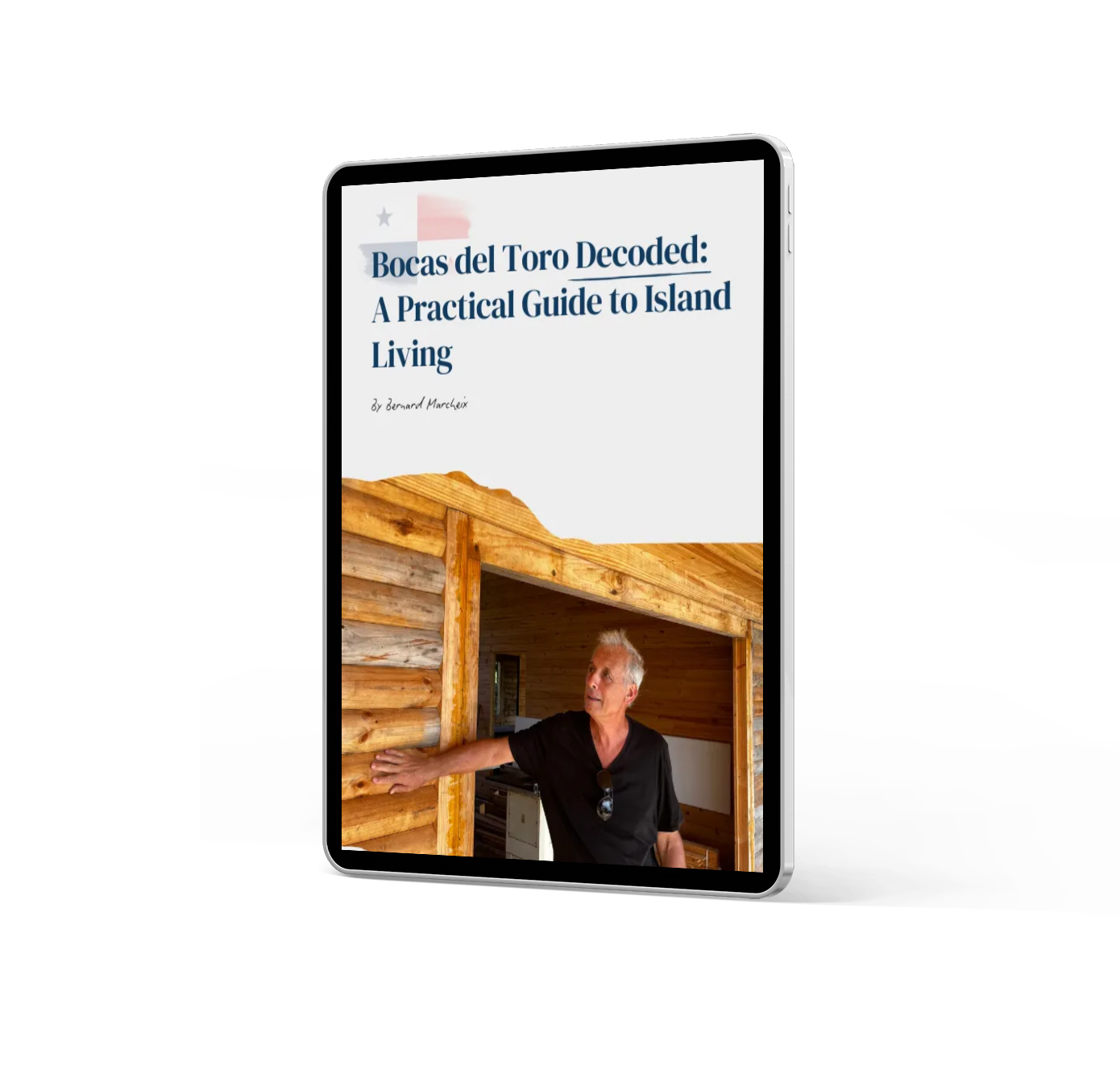Termites are inevitable in tropical regions, with two main types threatening your property. From wood-devouring colonies to resistant white termites, regular inspections and treatments are crucial. Discover natural methods like seawater immersion to deter infestations and protect your wood. Stay vigilant, especially during annual swarming, to safeguard your home against these persistent pests.
When you buy property, you are also buying termites
I want to focus on a practical issue: termites. Though they are small, they are crucial to know about, as you will inevitably encounter them. When you buy property, you are also buying termites.
There are primarily two types to be aware of. The “common” termite lives in large colonies and builds hard, dome-shaped mounds called termitaria. These termites access wood through earthen tubes, consuming the wood from the inside while leaving a thin outer layer to protect themselves from light. Once they’ve eaten through available wood, they seek out more.
You can treat these tubes with various toxic products, so regular monitoring of these pathways is essential to protect your wood. Hardwoods are much harder for them to attack, but moisture that causes wood to begin rotting can make even dense woods like Nispéro or Almendro vulnerable. This is why it’s important to pay attention to wooden posts buried in the ground or encased in concrete.
The second type is a “white” termite, which is bigger, has smaller colonies, and builds wider and stronger earthen tunnels. These white termites can also attack chemically treated pine boards, likely due to a failure in the treatment process. However, I’ve only encountered this issue with white termites, which may tolerate toxins better.
Wood treatment
A little-known natural treatment for wood is immersing it in seawater for several days. The size of the wood will determine how well it absorbs the salt. This technique works well for medium-density woods, allowing for thorough saturation. Termites dislike salt; I’ve conducted tests with seawater-treated wood samples versus untreated ones, and it seems effective. The untreated samples were attacked while the treated ones were not.
Furthermore, it might be possible to prevent termites by soaking the ground under homes with seawater, provided there’s no leaching from rain. I don’t have extensive experience with this yet, but I plan to experiment soon. Raw material is abundant, free and abundant; it just requires pumping, application, and time.
One last point about termites: each year, the colony sends out a small group of winged termites to colonize new areas. This is why you might see swarms of termites for a few days a year; they quickly lose their wings upon reaching a new site, where you may see them pairing off and moving into cracks in wood or siding to establish a new colony. So after a swarm, keep an eye out for potential new termitaria.



